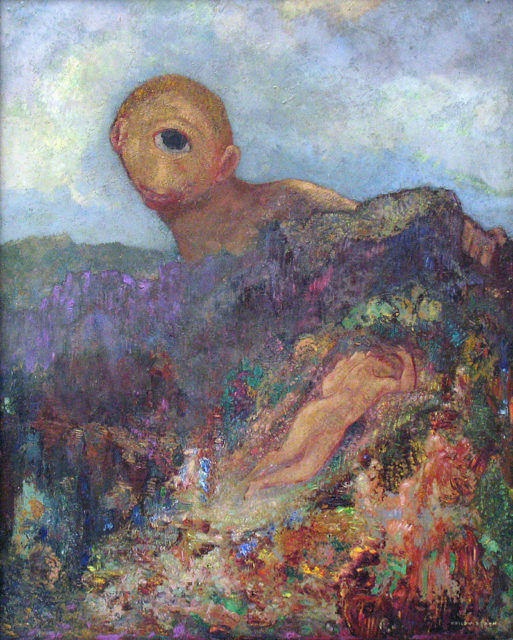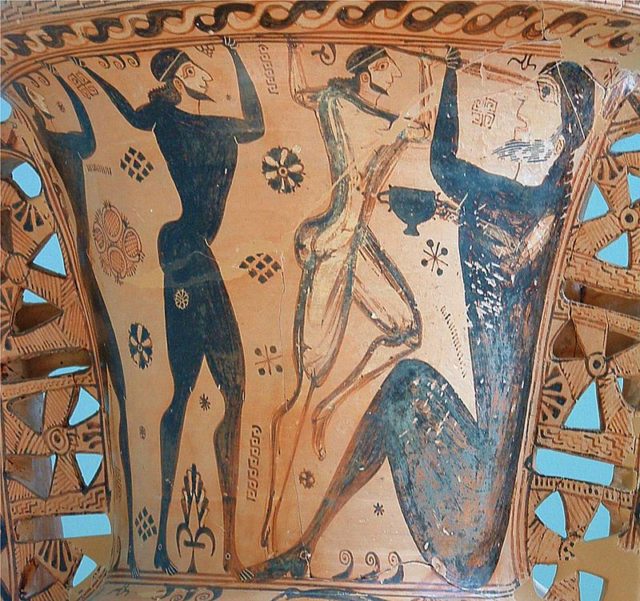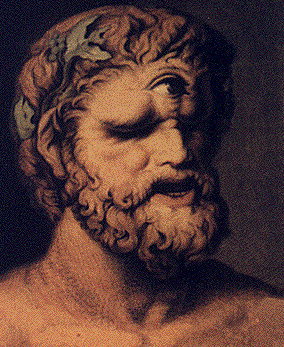Both Greek and Roman mythology feature a race of giants, each bearing a single eye in the middle of the forehead.
The word itself actually means circled-eyed or round-eyed. Many ancient writers described cyclops as brothers to the Titians or sons of Poseidon. They were considered a wild race of creatures that were gigantic in size. They lacked manners, did not fear the Gods, and were said to work for Hephaestus, whose workshop was in the heart of Mount Etna.

Polyphemus, the main cyclops, was known for his man-eating habits, and he was supposed to have been blinded by Odysseus. Hesiod wrote about only three Cyclops – he considered them storm gods and not a race of beings. It is thought that the legends and myths of the cyclops named Polyphemus date back to the Palaeolithic period.
German scholar Walter Burkert, who specializes in Greek mythology and cults, suggests that the ancient groups of lesser gods and other creatures mirror cult associations. He believes that the smith guilds lie behind the stories of the Cyclops, due to their habit of wearing a single eyepatch to protect one eye from the flying sparks that could blind them. Because blacksmithing was a demanding and vigorous job, the men who filled the positions would have been extremely muscular after hefting their hammers onto hot iron hour after hour.

Another possible origin of the Cyclops legend was suggested in 1914 by Othenio Abel, a paleontologist.
He thought that prehistoric dwarf elephant skulls, which are approximately twice the size of a human skull, may have been found in Crete, Malta, Cyprus, and Sicily by the Greeks and mistaken for the mortal remains of the mythical creature.

Herbal medicine was much in use before 400 BC, and this may also explain how some theories about the one-eyed man came to be.
One remedy prescribed to patients was white hellebore, which is capable of causing severe birth defects in unborn children – in some cases, they are born with a single eye. It is rare, and the deformity doesn’t exactly fit the description of the Cyclops, but the instances would have been enough to add fuel to the myths and legends that grew up around the creature.
